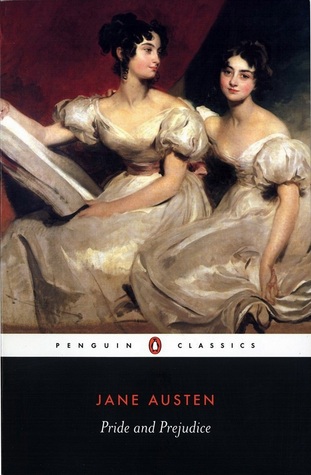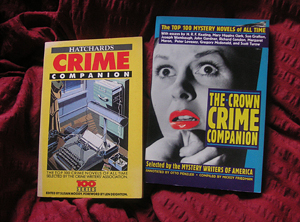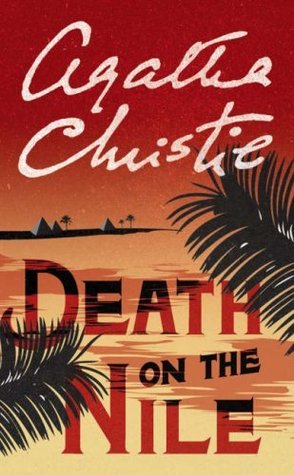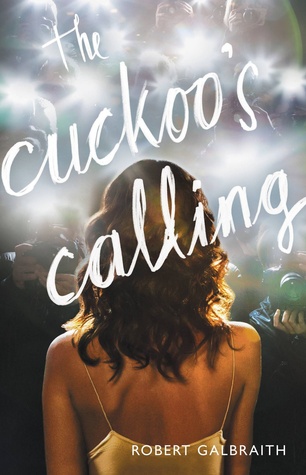[Note: A seven-month-long hiatus isn’t easy to explain, but I’ve decided to pick up the trail of reviews I’ve left behind before I lose interest altogether. Special thanks to all those who took the time to drop a comment or two.]
First Published on January 28, 1813
In a Nutshell: ‘his perfect indifference, and your pointed dislike, make it so delightfully absurd!’
Rating: 5/5
In the post-Austen age, popular culture is dominated by romance, but mainstream acceptance of the genre – all right hearty commendations and heated love scenes – has leached away remarkable ingenuity in devising plotlines imbued with realism and subtlety. Fictional relationships, which were set in stone centuries ago, simply won’t profit from the merits of literary classics. It’s like Pride and Prejudice has failed to influence novel-reading and our perception of it.
In one respect, it’s a pity debuting writers should be often slated as fakes. Drama-laden connotations and suggestions of verbal imagery can never be powerful unless they introduce a decisive perspective in which literary forms are illuminated by the truth of fiction, a truth evocative of the basic trends of our time and the many ways we relate to them. Not only that, readers are always selective and thus well-placed for the reinvention of the text, even whole scenes, to respond to something more revealing of their experiences as human beings.
* * * * *
In Northanger Abbey, Austen herself engages with such controversies in the sophisticated parody of contemporary Gothic romance; for all the vagaries of romantic nature in which youthful frivolity seems to deal, Austen is rather content to acquaint her audience with the pleasures of reading after dinner. Pride and Prejudice is, in its turn, much less romantically skewed than can be credited with: the story of Elizabeth Bennet and Mr. Darcy dispenses with the sort of magic on which the Brontës and Dickens rely and forces us to ask whether love is just an enlightened calculation of financial advantage.
The plot of Pride and Prejudice is marked by an opening unique in Austen’s novels, a statement of fact that draws readers on and on until they can no longer determine whether the uncontested truth is qualified as such by silent observation or inference. This can be attributed to two causes: first, that narrative patterns are easy to overlook in the eagerness to see what happens next, and how the central characters might be affected; second, that as misjudgment is embodied in Elizabeth, so it’s also in readers of the novel.
While the subtle irony of Pride and Prejudice can be viewed as the pinnacle of its appeal, the reason we return again and again to the book years after its first publication is to appreciate the complexity of its narrative structure. If Elizabeth embarks on a quest to unlock the truth of Darcy’s letter, the reader is hardly equipped with any objectivity to verify the competing accounts of her suitors. The more patiently we bear with the process, however, the more swiftly erroneous perceptions will dissolve and clarity will triumph. At Pemberley, time falsifies itself; to assess the portrait on the wall the heroine must accept that her resolute disdain for its owner is rooted in earlier representations of him. In a matter of lines, an experiment is set up to test whether the straitjacket is finally coming off and whether, since pride as a quality inherent in Elizabeth is so eloquently attested by said missive, liberated readers are able to address the issue of prejudice in isolation, the implications of a visit to the picture gallery notwithstanding.
* * * * *
By refusing to employ literary devices in a manner consistent with the traditional third-person narrative stance, Austen skirts the boundaries of omniscience and, instead, flirts with a technique which allows her to withhold information and to adopt a voice independent of aesthetics or impressions. Yet for both the characters and the reader, moving from one perspective to another amounts to a major turning-point in the text, where the narration is shaken from its well-laid path and the final confrontation between that which should stay and what should naturally give way is unavoidable.
To be sure, the channelling of the love story of Elizabeth and Darcy through the accents of a reluctant credulity is not only a means of forcing them to abandon their spoils, though that too is the direct result of subsequent reconciliation, but also one of the foremost treatments of exploring different styles of writing. Gossipy conversation and concise reportage make an appearance in Pride and Prejudice, along with the type of dialogue Austen uses to the effect of sexual tensions. To evoke such a pageant of romantic tropes only to subordinate it at its end, once the narration slides into indirect speech and the audience is left to guess at what is taking place from the report of Elizabeth’s discomposure, is characteristic of Austen’s adamant dismissal of having the potency of her tale subjugated to the clichéd diction of love.
Nonetheless, to the modern-day general public the absence of grand romantic gestures is, for lack of a better word, simply incomprehensible. Inevitably, seeking to enlarge on the intimacy and to appeal at the box office at the same time, actors work to intimate such affections on-screen. The closest an adaptation came to exploring the physical aspects of Elizabeth’s relationship with Darcy was through the 2005 version of the book, though the script teetered perilously on the edge of treason, going so far as to deny dear Miss Bennet a vital element in her characterization: Keira Knightley’s Elizabeth is a romantic child of nature, not a young woman of willful disposition who sneers at Darcy as an obnoxious snob.
But not all film-makers are willing to admit that the stolid scepticism of Austen’s novel needs to be curbed to factor in the sentimental romance. For instance, BBC’s Elizabeth, in this case a fairly ambitious Jennifer Ehle, informs her sister of her feelings for Darcy growing stronger after she first glimpses his estate. Incidentally, this is the very same series that gave us Colin Firth in a wet, clinging shirt, as if to overcompensate for the blatant cynicism on the part of the heroine.
* * * * *
It has taken the cinema a long while to catch up with the scandalous frankness of Pride and Prejudice. Critics who turn to Austen have other problems: they are baffled by the prominence of the militia in the chronicles of the first part of the novel. At home in the ballrooms in Meryton, militia regiments are so ubiquitous that it’s hard to believe these men are simply here to fight the French. Not only is their presence required as a means of providing the warframe necessary to the Napoleonic era, it also constitutes a surprise element in a unregretful character study. Austen, who grew up in a family that had spawned military men in abundance, is emotionally and intellectually aware of the kind of life designed for enjoying the pleasures of youth which enthrall countless millions of eligible young men, and obviously sees this as an opportunity to sketch in behavioural details whenever appropriate; therefore, the belief that Austen was indifferent to contemporary politics needs rebuttal, for it becomes a small evidence for establishing a cultural basis for Pride and Prejudice, at once the most effervescent and military of all her novels.
In Pride and Prejudice, readers can be absorbed in a fast-moving narrative, filled with acute observations and jokes, the highlight of it the unforgettable cast of characters that goes hand in hand with a rich narrative texture. Writers new to the genre Austen has graced with her pen would be well advised to take a leaf out of her book of novel-writing, whereas readers coming to it through the freshness of a camera shot will be free to find new meanings in the novel, should they help shed the romance label that accompanies every possible dramatization of Pride and Prejudice.













